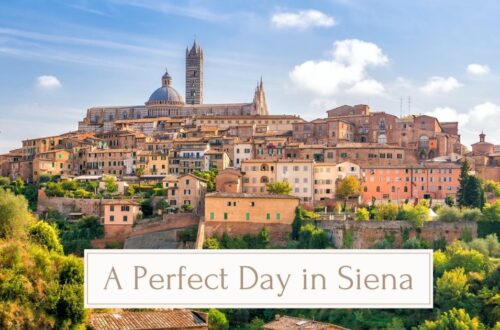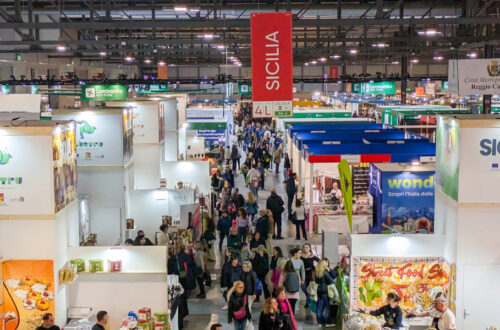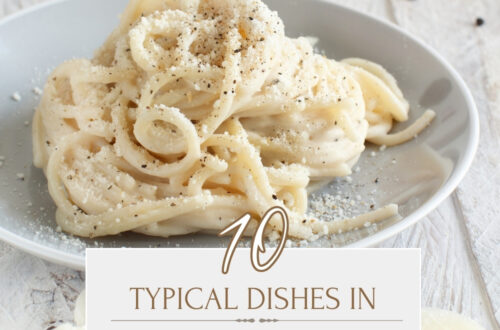Best Time to Visit Tuscany: A Month-by-Month Guide for Every Traveler
When is the Best time to visit Tuscany? Tuscany is the kind of place that feels timeless no matter when you visit. Rolling vineyards, golden fields, medieval towns, and that warm Italian sun. It is a dream destination all year round. But each season in Tuscany brings something different, and the best time to go depends on what you want to experience. Are you after quiet countryside escapes, wine festivals, or sun-drenched summer days? This guide will help you choose the perfect time to visit!

Spring (March – May): Tuscany in Bloom
Why visit in spring? The Tuscan countryside is at its most photogenic in spring, with green hills, wildflowers, and blossoming fruit trees. The weather is comfortably warm (especially in April and May), making it ideal, if you want to experience some sightseeing and outdoor activities.
Pros:
- Mild temperatures (around 15-25°C)
- Fewer crowds than summer
- Wildflowers and lush landscapes
- Festivals like Scoppio del Carro (Easter Sunday, Florence) and Maggio Musicale Fiorentino (April – early June, Florence)
Cons:
- March can still be chilly and rainy
- Easter weekend can get busy in major cities and also expensive
Monthly Highlights:
- March: Early signs of spring, great for exploring Florence and countryside hikes.
- April: Scoppio del Carro in Florence, wisteria blooms in gardens like Villa Bardini.
- May: Infiorata Festival in Pienza or Scarperia, perfect time for countryside road trips.
Best Experiences:
- Walking through Val d’Orcia while it’s covered in fresh green hues
- Wine tasting in Chianti before peak season crowds
- Exploring Florence and Siena without the summer heat and crowds
- Tasting asparagus risotto, pecorino cheese, and fresh fava beans—seasonal spring delicacies
Transportation & Travel Tips:
- Best for scenic drives, the country roads are in full bloom.
- Public transport runs frequently but not as crowded as summer.
- Easter week requires early booking for accommodation.

Summer (June – August): Long Days & Lively Festivals
Why visit in summer? If you want guaranteed sunshine, long days, and a vibrant atmosphere, summer is the perfect season for you. Towns buzz with life, and events like Siena’s Palio take center stage. However, expect crowds, high temperatures and even higher prices.
Pros:
- Sunny weather (30-35°C in July and August)
- Exciting festivals, including Siena’s Palio (July 2 & August 16)
- Best time for exploring the Tuscan coast and dive into the sea after a hot day
- Long daylight hours
Cons:
- Peak tourist season means higher prices and crowds
- Some cities can feel uncomfortably hot
- Locals take their holidays in August, so some shops and restaurants may be closed
Monthly Highlights:
- June: San Giovanni Festival in Florence (June 24) with fireworks over the Arno River.
- July: Palio di Siena (July 2 & August 16), Lucca Summer Festival with international music artists.
- August: Calici di Stelle (August 10) for wine tastings under the stars.
Best Experiences:
- Relaxing on the Tuscan coast in places like Viareggio or the Island of Elba
- Enjoying late evening wine tastings in vineyard estates
- Savoring panzanella (Tuscan bread salad), pappa al pomodoro, and grilled bistecca alla Fiorentina
Transportation & Travel Tips:
- Public transport is crowded, especially in Florence and Siena.
- Driving in the countryside is ideal but avoid midday heat.
- Prices peak for hotels, so book months in advance.

Autumn (September – November): A Food & Wine Paradise
Why visit in autumn? This is harvest season, making it one of the best times for food lovers. The vineyards turn shades of gold and red, wine festivals take over the countryside, and the weather remains pleasant, especially in September and early October.
Pros:
- Wine harvest season (vendemmia)
- Olive oil pressing season (November)
- Cooler temperatures than summer but still pleasant (15-25°C)
- Fewer tourists than in July and August, and you can still enjoy the warm weather and sea in September
Cons:
- Rain is more frequent, especially in November
- Some countryside accommodations close by late autumn
Monthly Highlights:
- September: Festa dell’Uva (Chianti wine festival), vineyard tours during the grape harvest.
- October: Boccaccesca Festival in Certaldo, perfect for food lovers.
- November: San Miniato Truffle Fair, olive oil tastings, and cozy countryside stays.
Best Experiences:
- Taking a scenic drive through Chianti with autumn foliage
- Tasting freshly pressed olio nuovo (new olive oil) in a traditional frantoio
- Enjoying pici pasta with wild boar ragu, chestnut desserts, and roasted porcini mushrooms
Transportation & Travel Tips:
- Ideal time for road trips through vineyards.
- Prices drop compared to summer, making it budget-friendly.
- Truffle hunting tours require early reservations.

Winter (December – February): Cozy & Crowd-Free
Why visit in winter? If you don’t mind cooler temperatures and want a more authentic, crowd-free experience, winter can be magical. The big cities feel more local, Christmas markets pop up, and Tuscany’s thermal baths are the perfect way to warm up.
Pros:
- Fewer tourists, meaning cheaper accommodation
- Florence, Pisa, and Siena feel more intimate
- Christmas markets and festive atmosphere in December
- Thermal baths like Bagno Vignoni are perfect in winter
Cons:
- Some countryside hotels and wineries close for the season
- Shorter daylight hours
- It can be cold (5-15°C), especially in January
Monthly Highlights:
- December: Christmas Markets in Florence and Montepulciano, festive lights.
- January: Quietest month, great for budget travel and spa retreats.
- February: Carnevale di Viareggio, one of Italy’s top carnivals.
Best Experiences:
- Wandering through Florence’s Christmas markets
- Taking a dip in the warm thermal waters of Saturnia or Bagno Vignoni
- Indulging in ribollita (Tuscan bread soup), cacciucco (fish stew), and panforte (spiced fruit cake)
Transportation & Travel Tips:
- Public transport runs less frequently in rural areas.
- Best time for budget travel – lowest prices of the year.
- Some rural hotels close, so focus on city stays.

The Best Time to Visit Tuscany Based on Traveler Type
- For Foodies: Visit in September – November for wine and truffle season, or in December for festive markets and hearty winter dishes.
- For Photographers: Spring (March – May) offers lush green landscapes, while autumn (October – November) provides golden vineyard views.
- For Budget Travelers: January and February are the cheapest months for accommodations and flights.
- For Beach Lovers: June and early September are the best months to visit the Tuscan coast.
- For Festival Enthusiasts: July for Siena’s Palio, August for Calici di Stelle, and February for Carnevale di Viareggio.
- For Relaxation: Winter months are ideal for visiting Tuscany’s thermal baths and enjoying peaceful countryside stays.
- For mild weather and fewer crowds: Go in April, May, September, or October.

So, When’s the Best Time to Visit Tuscany?
Tuscany is never a bad idea and every season has its charm. The best time really depends on what you’re looking for. Whether you’re sipping wine in a sun-drenched vineyard, exploring medieval streets in crisp autumn air, or soaking in a hot spring on a chilly winter afternoon, there is always something to love. Whenever you choose to go, make sure to embrace the slower pace, savor the flavors, and let Tuscany work its magic.



